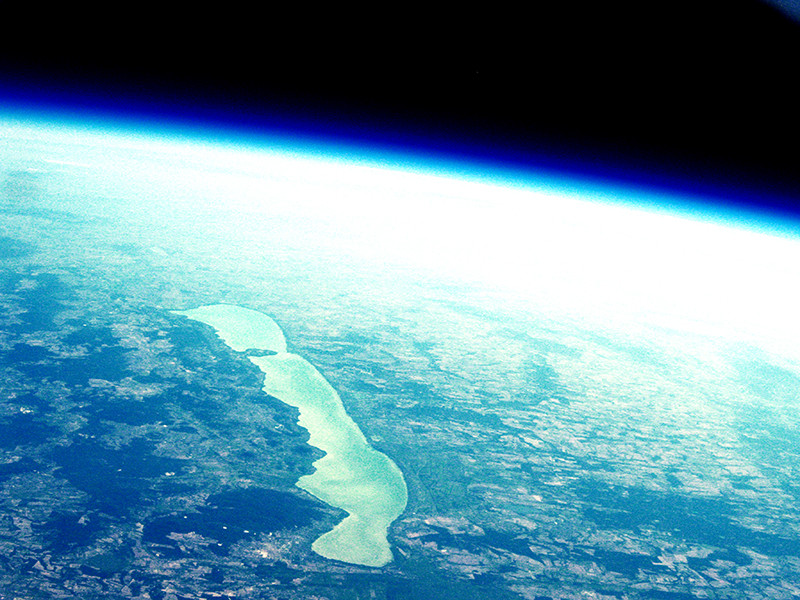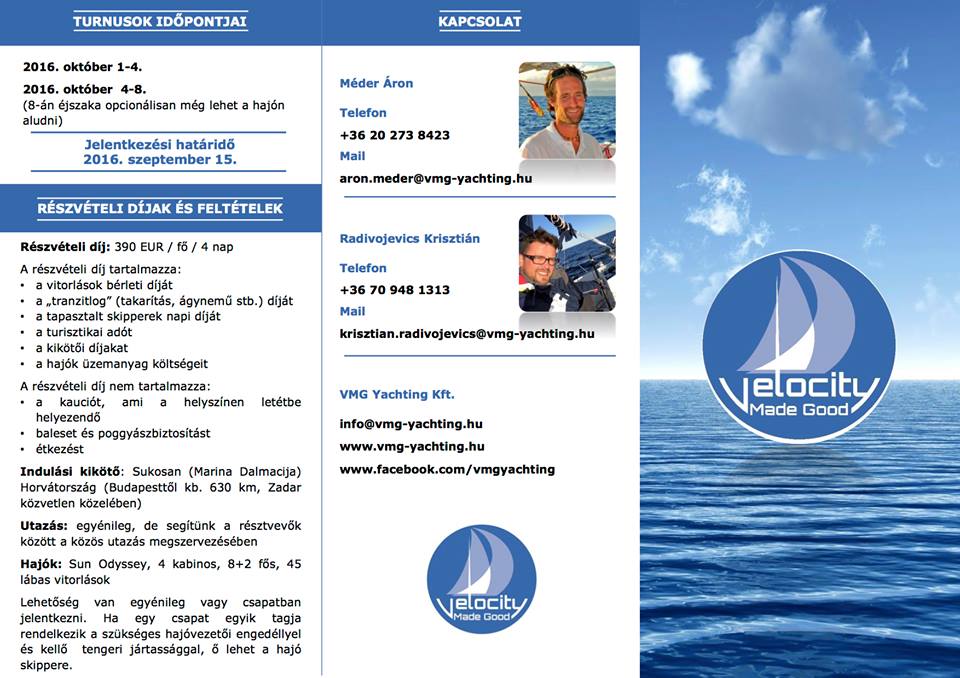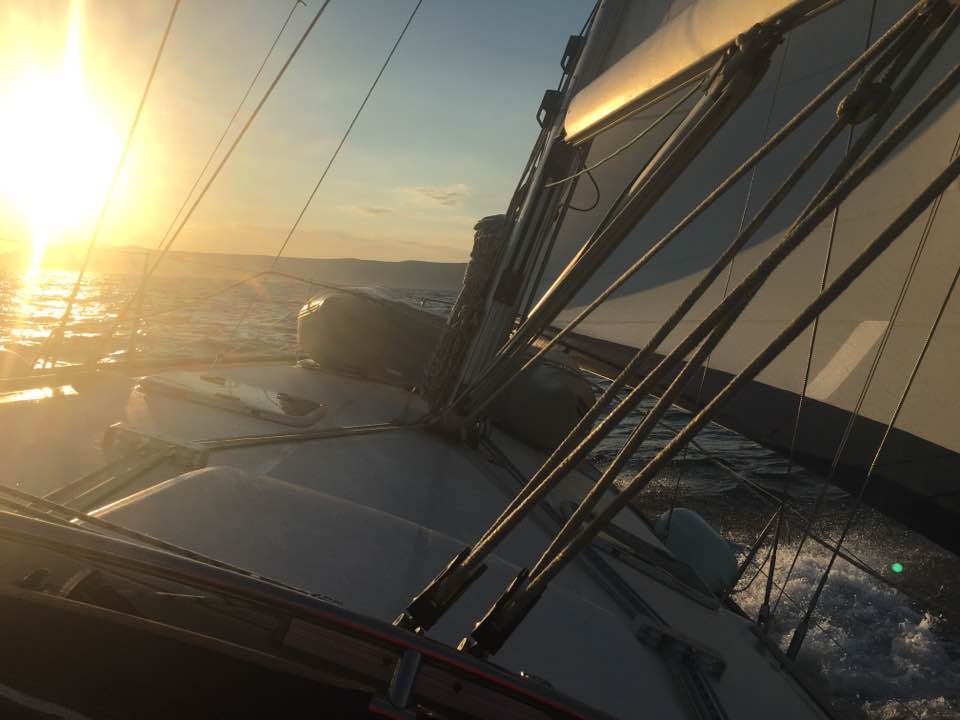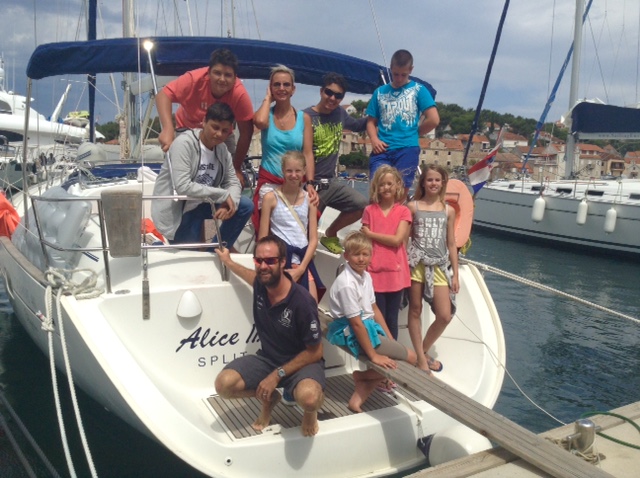A Balatonhoz rettentő sok mítosz köthető, itt van a három legismertebb...
1. Sió
Sió volt a Balaton tündére. A néphagyomány igazi aranyhajú szépségként írja le, aki az összes férfi fejét elcsavarta. Így történt Kamor, a bakonyi erdő varázslójának fiával is, Sió pedig nem volt rest kihasználni a fiú epekedését. A srác mindent megtett érte, amit csak kért, ám amikor megjelent a tónál a hársfavirág vízzel, amit a lány szerelmi zálogként követelt, Sió épp egy másik fiatalemberrel enyelgett a parton. Bánatában Kamor fia levetette magát a tihanyi sziklákról, s mikor ezt a varázsló megtudta, kegyetlen bosszút állt: juhásznak öltözve jelent meg a lány előtt, mondván, ő hozta el a vizet, ám amikor Sió kinyitotta a palackot, abból kígyók ugrottak elő, és ellepték a tündér fejét. Az átok így szólt: egészen addig nem szabadulhat meg tőlük a tündér, amíg a szívből jövő szerelem fel nem oldozza. Ez végül hosszú idő után, de megtörtént: Kelén és Helka megszabadították egy aranyszőrű bárány gyapjával a visszataszító hajkoronájától Siót.
2. Így keletkezett a tó
A legenda szerint a Bakony erdeiben (nyilván Kamor szomszédjában) élt egy 24 fejű sárkány. Ez a sárkány naponta 24 lányt falt fel, ha pedig nem kapta meg őket a környékbeliektől, éktelen haragjában iszonyatos pusztítást végzett. Amikor a (találó nevű) Balatonnak a kedvese került sorra, a fiú úgy döntött: nem hagyja annyiban a dolgot, és nem engedte a sárkányhoz a lányt. A sárkány erre irdatlan haragra gerjedt: hatalmas krátert vájt irdatlan karmaival, amit egy forrás megtöltött vízzel - így keletkezett a monda szerint a tó. Balaton később megküzdött a sárkánnyal, 23 fejét sikerült is levágnia, ám az utolsó fejjel együtt ő maga is a tóba hullott, és ott lelte halálát. Amikor a mátkája ezt megtudta, ő maga is a vízbe vetette magát - együtt nyugszanak azóta is a tó fenekén. A helyiek a vitéz iránti tiszteletből nevezték el a tavat Balatonnak.
3. Az óriások
Merthogy a monda szerint azok is éltek a Balaton környékén. A légynek sem tudtak ártani, ám ha valaki feldühítette őket, abból nem volt köszönet. Hosszú évszázadokig ők voltak a tó körül az urak - ám egy idő után már csak ketten maradtak, Haláp, az óriáslány, és édesapja. Egy nap Haláp összetalálkozott egy emberrel: Csillával, akit felvitt magával játszótársnak a várukba. Vígan teltek a napjaik, ám egy idő után Csilla visszavágyott ez emberek közé. Haláp hiába kérlelte, nem tudta maradásra bírni - az óriáslány pedig annyira szívére vette a dolgot, hogy levetette magát a sziklákról. Az édesapja vigasztalhatatlan volt. Miközben leánya síremlékét építette, egy nagy kőre lelt - ám balszerencséjére elvesztette az egyensúlyát, és a súlyos teher maga alá temette. Az elmozdított kő alól forrás tört fel: a legenda szerint így keletkezett a Badacsony lábánál a Balaton.

Sok jó szelet! Áron / Ocean Sailing SE









